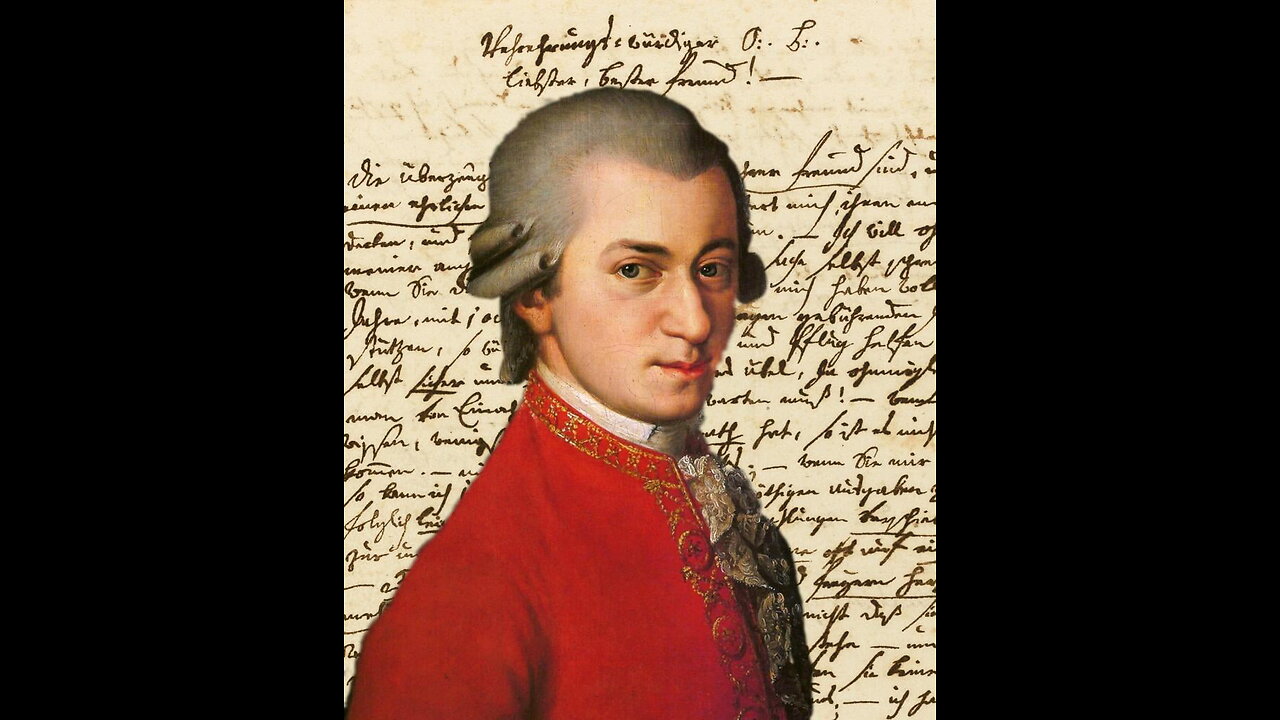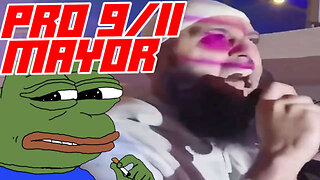Premium Only Content

Requiem in D Minor, K 626, Mozart
Requiem in D Minor, K 626, requiem mass by Wolfgang Amadeus Mozart, left incomplete at his death on December 5, 1791. Until the late 20th century the work was most often heard as it had been completed by Mozart’s student Franz Xaver Süssmayr. Later completions have since been offered, and the most favorably received among these is one by American musicologist Robert D. Levin.
According to a contract that Mozart signed and an attorney witnessed, the requiem was commissioned by Franz, Graf (count) von Walsegg-Stuppach. The count, it seems, pretended to some compositional ability and liked to pass off the work of others as his own. The new requiem, intended as a tribute to the count’s wife, was part of that game. Therefore, he insisted that Mozart was neither to make copies of the score nor to reveal his involvement in it and that the first performance was reserved for the man who commissioned the piece.
At the time, Mozart was deeply engaged with the writing of two operas: The Magic Flute and La clemenza di Tito (“The Clemency of Titus”). Together the three assignments were too much for a man suffering from a succession of debilitating fevers. Most of his failing strength went into the operas, both of which were completed and staged. As for the requiem, he worked on it when strength permitted, and several friends came to his apartment December 4, 1791, to sing through the score-in-progress. Yet his condition worsened, and, by the time of Mozart’s death early the next morning, he had finished only the “Introit.” The “Kyrie,” “Sequence,” and “Offertorium” were sketched out. The last three movements— “Benedictus,” “Agnus Dei,” and “Communio”—remained unwritten, and nearly all the orchestration was incomplete.
Confining musical discussion to those portions of the requiem that are mostly from Mozart’s own mind, the orchestra most often focuses on the strings, with woodwinds featured when greater poignancy is needed and brass and timpani largely relied on for forceful moments. Particularly in the vocal writing, Mozart’s intricate contrapuntal layers show the influence of the Baroque masters J.S. Bach and George Frideric Handel.
Especially in the “Sequence,” Mozart underlines the power of the text by setting prominent trombone passages against the voices: chorus in the “Dies Irae” and soprano, alto, tenor, and bass soloists in the “Tuba Mirum.” It is the most prominent use of the trombone in Mozart’s entire catalog.
Please subscribe to my Substack Channel:
https://juxtaposition1.substack.com/podcast
-
 2:33:06
2:33:06
Rehypothecation1
7 days agoSTAR CHAMBER EPISODE: Erin Valenti, age 33
7212 -
 52:16
52:16
American Thought Leaders
16 hours agoIs There a Link Between Mass Shootings and SSRIs?
18.3K17 -
 17:12
17:12
World2Briggs
17 hours agoTop 10 Towns You Can Retire or Live on $1900 a month in the Midwest #1
1.88K1 -
 17:25
17:25
BlackDiamondGunsandGear
1 day agoCustom Building the Cheapest MP5
4.24K1 -
 LIVE
LIVE
BEK TV
22 hours agoTrent Loos in the Morning - 11/06/2025
246 watching -
 8:10
8:10
The Shannon Joy Show
16 hours agoShould we even VOTE anymore?
6.33K13 -
 59:34
59:34
Dialogue works
1 day agoMohammad Marandi: It’s WAR: Iran’s Supreme Defense Council ACTIVATES –Hezbollah REFUSES to Surrender
39.8K10 -
 10:23
10:23
TheSaltyCracker
17 hours agoMuslims Immediately Threaten New Yorkers After Zohran Win
34.5K430 -
 18:40
18:40
Actual Justice Warrior
16 hours agoMamdani Pledges To DESTROY New York
21.3K47 -
 28:53
28:53
iCkEdMeL
16 hours ago $0.02 earnedBREAKING: 9 DEAD After UPS Plane BURSTS Into Fireball at Louisville Airport
28.5K7